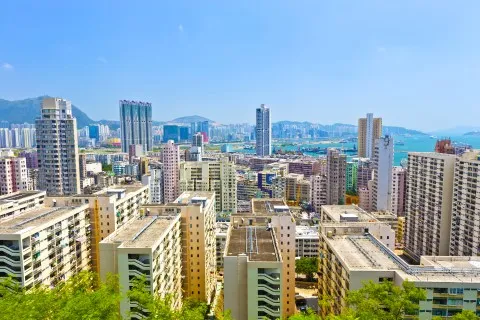
Commercial property sales crashed 47% YoY to $34.54b in Q1
Buyers’ sentiment was hit by domestic monetary tightening and US-China trade tensions.
Commercial real estate transactions in Hong Kong continued to decline at 47% YoY to $34.54b (US$4.4b) in Q1 2019, affected by domestic monetary tightening and the US-China trade frictions, according to Real Capital Analytics’ latest Asia Pacific Capital Trends Report.

Investments totaling $35.32b (US$4.5b) lifted Beijing into the top spot during the quarter, jumping from seventh place in 2018. Two mega-deals of over $10.2b (US$1.3b) accounted for more than half of that figure. Hong Kong was nudged into second place amongst Asia Pacific metropolitan markets, and Tokyo came in third at $30.61b (US$3.9b).
Also read: No recovery in sight for property market in Q1
The robust pipeline of pending transactions, amounting to around $47.09b (US$6b), however, may hint at a better performance to come later in the year, after the past three consecutive quarters of decline.
Whilst other Asian cities recorded yield compressions for offices in Q1 2019, yields in Hong Kong were the only ones widening, rising 15 bps compared with the previous year. The report also pointed out that whilst office assets were the mainstay of transaction volumes, retail assets broadly proved to be the flavor of Q1 2019, increasing by 8% YoY, with investors buying assets in Hong Kong, Beijing, Tianjin and Singapore.
Amongst the top 20 property sales transacted in Q1 2019, the sale of 99,998 sqft 69 Jervois Street made the list at number 20. The site reportedly sold for $18,994.43 (US$2,420) psf, or $1.9b (US$241.99m).
With regards to portfolio sales, two transactions made the top 10. A consortium led by Gaw Capital and Goldman Sachs reportedly purchased 12 properties from Link REIT for an aggregate $11.9b (US$1.52m), whilst financial advisory firm Convoy bought two properties from Henderson Land and Lai Sun Group for $4.1b (US$522.3m).
In terms of capital flows, the flow of intra-regional cross-border capital accelerated to account for $67.5b (US$8.6b), was mainly driven by Hong Kong-based investors who spent $36.89b (US$4.7b) and invested in markets such as China, Japan and Singapore.
“Cross-border investors turned their attention to China in a marked change of dynamic,” the report’s authors added. “In 2018 the bulk of investment flows from within Asia Pacific and outside the region went to Australia, Hong Kong and South Korea.”


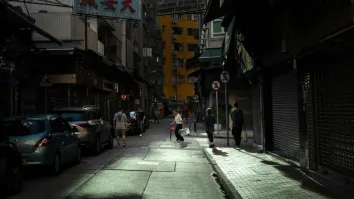
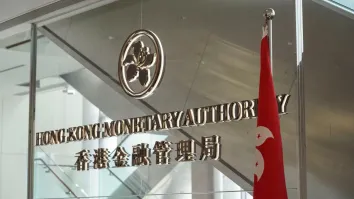

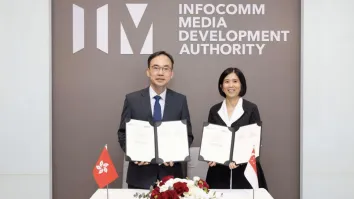
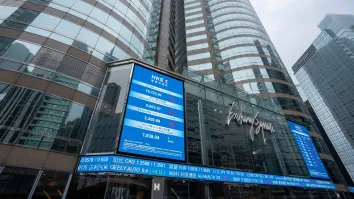



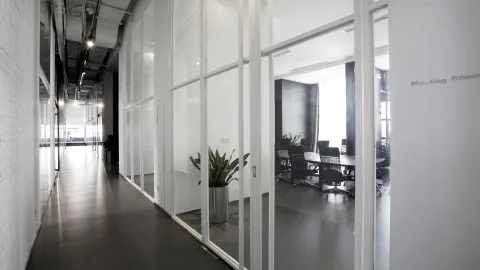




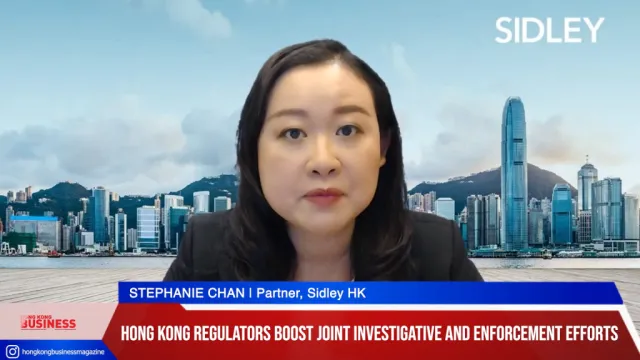
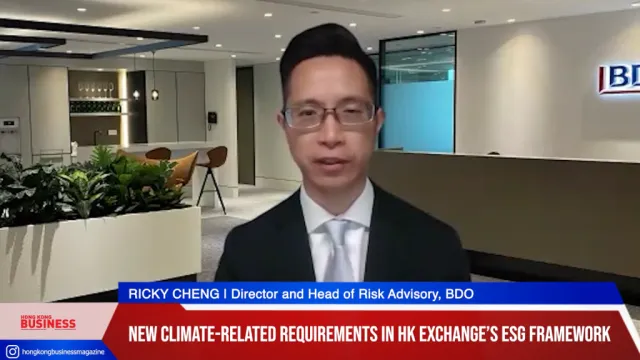
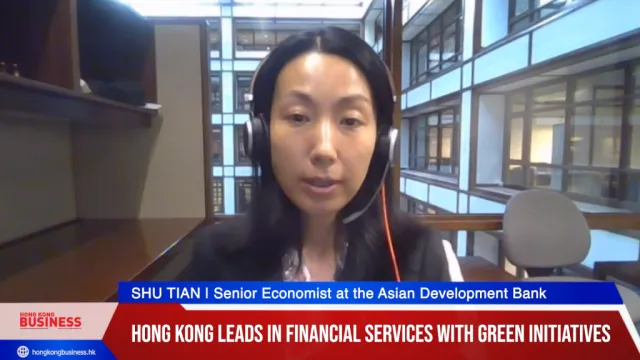

 Advertise
Advertise






